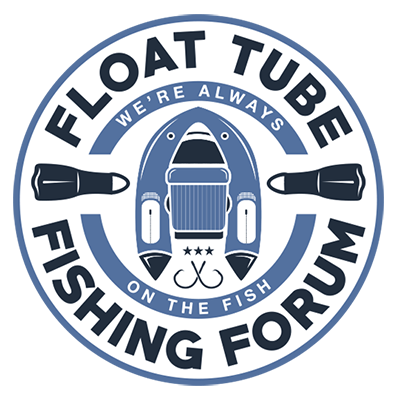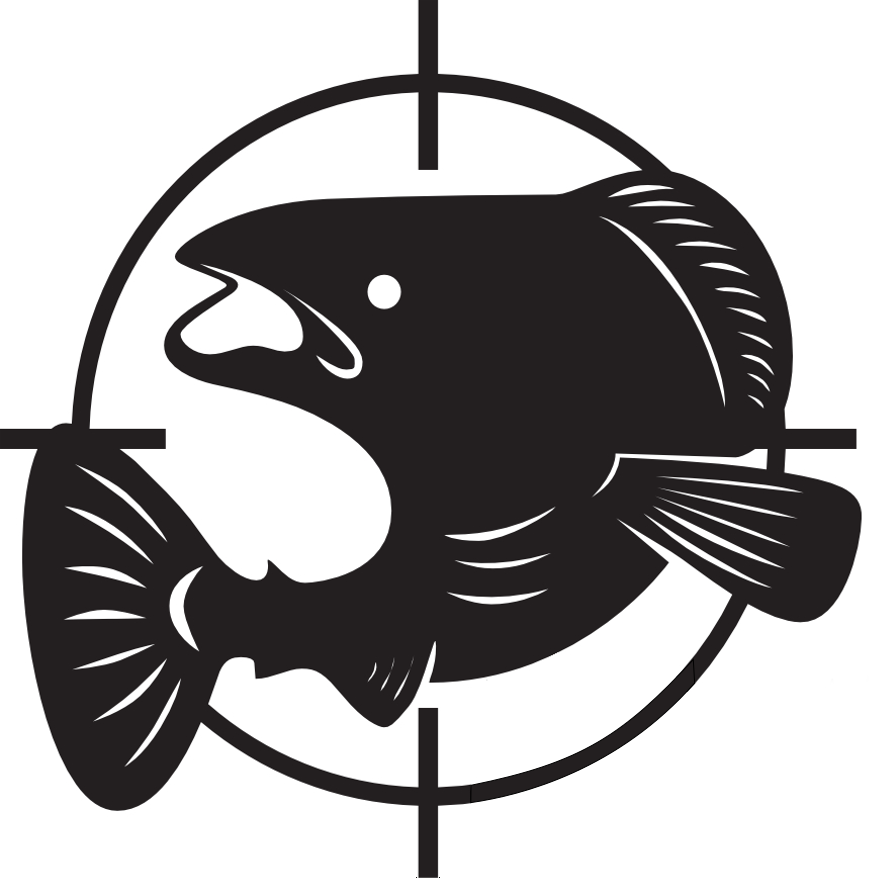I get these periodically in my email from HogBassFishing.com Discuss.
Line Size and Bass Fishing
Thomas,
In order to be a truly effective bass fisherman you need to use all
line sizes from 8 lb fluorocarbon all the way up to 65 pound braid.
The mistake many Bass anglers make is not using all of the
different line types and weights to there advantage. Different line
weights and types effect you lure presentation as far as speed and
depth control of your lures.
In bass fishing speed and depth control are everything when it
comes to getting bit by bass. Some bass fisherman try to always use
the lightest line they can get away with because they are fishing
in an area of the country where there are no giant bass or the
amount of cover is very sparse. With some lures like small plastics
that are fished with little weight... then smaller line diameters are
good. However, trying to fish with the lightest line all the time
is a bad idea because many times using heavier line will get your
lure to perform better or keep you from breaking off needlessly.
Here is my advice on line rod/reel combinations for all the lures
that I fish. Jigs and all varieties of plastics, worms, grubs and
tubes... etc.
I generally break my rod selection into three main categories...
Spinning, medium heavy bait casters and flipping sticks.
Spinning
All my spinning rods are medium heavy.. 6 ½ or 7 foot long with a
fast action tip. On these rods I use 8 to 12 pound line but most of
the time 8 or 10 with Seguar Invisex fluorocarbon. I don't use 6
pound line in my bass fishing basically because I don't use rods
light enough to use 6 pound line. I do not think the average bass
fisherman should go under 8lb line there simply is no need to. If
you do you really need a rod that is lighter than you should be
using for bass fishing and that is simply one less rod combo line
you need to carry.
On all my medium heavy bait casters....
I recommend 12 to 20 lb test. If a bait casting rod is a true
medium heavy with a fast tip it should be strong enough to break
the knot on ten pound test if you set the rod real hard with not
much line out. This is how you can tell if you have a true medium
heavy rod that can handle up to 20 lb test. My friend Jeremy
Vandenbosh always would say bait casting reels cast better with
thicker diameter line and would say it all the time at seminars
that if you are casting a light lure on a bait caster you are far
better off using 14 to 20 lb test than ten. You will have less
backlashes, farther casts, better accuracy etc. Personally I think
this is very good advice. Most of the time I chose heavier line
when fishing closer to cover or when using a bigger lure and bigger
hooks. Again a good medium heavy rod should be able to put plenty
of stretch on the line and be able to utilize all the power 20 lb
line has and still be just sufficient enough to fish 12 lb line and
get all the maximum pull out of it without breaking the line.
For flipping rods......
Always use a 7 ½ foot rod, medium heavy with a fast action tip that
is specifically made for jig fishing and big plastics... like big
worms creatures or beavers. With these rods it is best to use 17
-25 pound test fluorocarbon. Because fluorocarbon is a little bit
thinner than mono of equivalent test strength I am never afraid to
fish clear water with 20 lb test when I need to because the line is
much less visible than mono.
Well that is the set ups I use for plastics and jigs. Remember, in
general, the bigger the plastic bait then the bigger the hook, line
and rod size. Small plastics can work equally good on spinning
tackle and the heavy flipping set ups... just remember not to down
size your hook when using heavy tackle otherwise you will bend your
hook on hook sets and lose fish.
Good Fishing,
John W. Torsch
Line Size and Bass Fishing
Thomas,
In order to be a truly effective bass fisherman you need to use all
line sizes from 8 lb fluorocarbon all the way up to 65 pound braid.
The mistake many Bass anglers make is not using all of the
different line types and weights to there advantage. Different line
weights and types effect you lure presentation as far as speed and
depth control of your lures.
In bass fishing speed and depth control are everything when it
comes to getting bit by bass. Some bass fisherman try to always use
the lightest line they can get away with because they are fishing
in an area of the country where there are no giant bass or the
amount of cover is very sparse. With some lures like small plastics
that are fished with little weight... then smaller line diameters are
good. However, trying to fish with the lightest line all the time
is a bad idea because many times using heavier line will get your
lure to perform better or keep you from breaking off needlessly.
Here is my advice on line rod/reel combinations for all the lures
that I fish. Jigs and all varieties of plastics, worms, grubs and
tubes... etc.
I generally break my rod selection into three main categories...
Spinning, medium heavy bait casters and flipping sticks.
Spinning
All my spinning rods are medium heavy.. 6 ½ or 7 foot long with a
fast action tip. On these rods I use 8 to 12 pound line but most of
the time 8 or 10 with Seguar Invisex fluorocarbon. I don't use 6
pound line in my bass fishing basically because I don't use rods
light enough to use 6 pound line. I do not think the average bass
fisherman should go under 8lb line there simply is no need to. If
you do you really need a rod that is lighter than you should be
using for bass fishing and that is simply one less rod combo line
you need to carry.
On all my medium heavy bait casters....
I recommend 12 to 20 lb test. If a bait casting rod is a true
medium heavy with a fast tip it should be strong enough to break
the knot on ten pound test if you set the rod real hard with not
much line out. This is how you can tell if you have a true medium
heavy rod that can handle up to 20 lb test. My friend Jeremy
Vandenbosh always would say bait casting reels cast better with
thicker diameter line and would say it all the time at seminars
that if you are casting a light lure on a bait caster you are far
better off using 14 to 20 lb test than ten. You will have less
backlashes, farther casts, better accuracy etc. Personally I think
this is very good advice. Most of the time I chose heavier line
when fishing closer to cover or when using a bigger lure and bigger
hooks. Again a good medium heavy rod should be able to put plenty
of stretch on the line and be able to utilize all the power 20 lb
line has and still be just sufficient enough to fish 12 lb line and
get all the maximum pull out of it without breaking the line.
For flipping rods......
Always use a 7 ½ foot rod, medium heavy with a fast action tip that
is specifically made for jig fishing and big plastics... like big
worms creatures or beavers. With these rods it is best to use 17
-25 pound test fluorocarbon. Because fluorocarbon is a little bit
thinner than mono of equivalent test strength I am never afraid to
fish clear water with 20 lb test when I need to because the line is
much less visible than mono.
Well that is the set ups I use for plastics and jigs. Remember, in
general, the bigger the plastic bait then the bigger the hook, line
and rod size. Small plastics can work equally good on spinning
tackle and the heavy flipping set ups... just remember not to down
size your hook when using heavy tackle otherwise you will bend your
hook on hook sets and lose fish.
Good Fishing,
John W. Torsch

 Home
Home






















